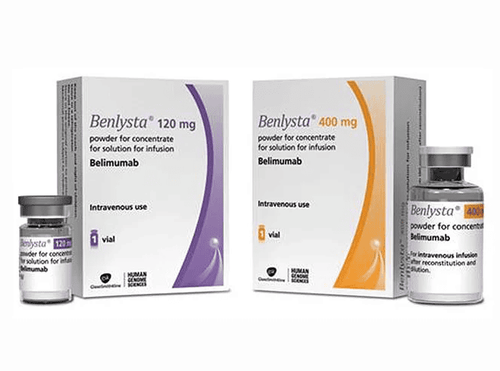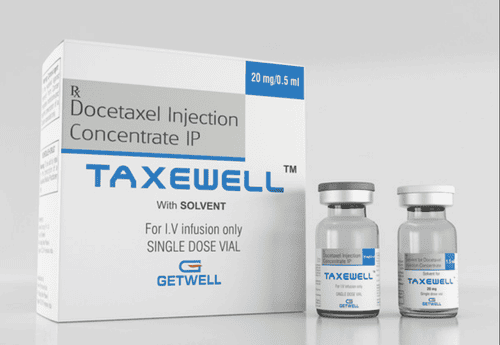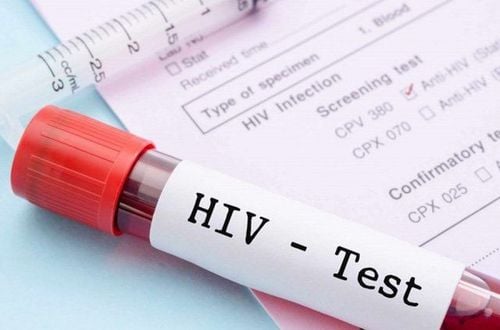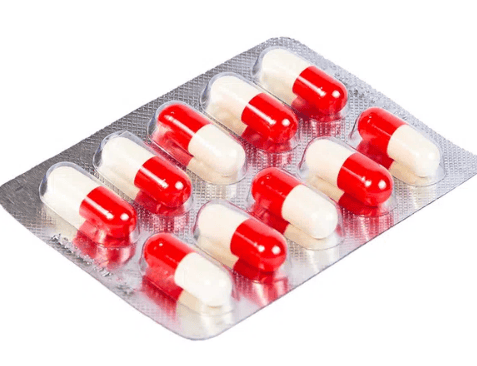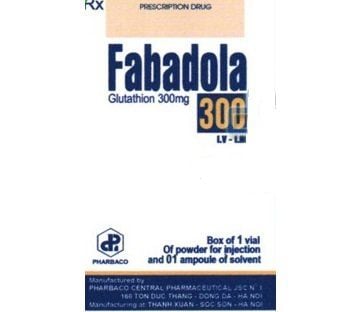This is an automatically translated article.
A TCD4 lymphocyte count is an indicator of how well your immune system is working. These are white blood cells that fight infection and are also the target of the HIV virus. Therefore, monitoring the number of TCD4 lymphocytes is extremely necessary in the decision to initiate as well as to monitor treatment in HIV-infected patients.
1. Definition of HIV/AIDS disease
Acquired Immune Deficiency Syndrome (AIDS) is a dangerous disease caused by the HIV virus, referred to as HIV/AIDS for short. This disease will make the body lose its resistance to microorganisms, normal microorganisms that are not capable of causing disease will become pathogenic, causing opportunistic infections, making cancer easier to develop..
A patient with HIV becomes a lifelong source of infection for others. However, the most dangerous thing is that most people infected with HIV do not have symptoms for a long time, many people do not know they are sick, they continue to spread the virus to others. AIDS (Acquired Immune Deficiency Syndrome) is the final stage of HIV.
2. In which body fluids is the HIV virus found?
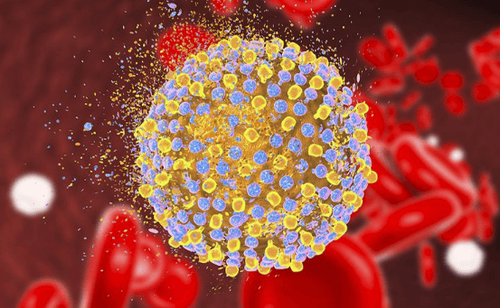
Virus HIV
The source of infection is HIV infected patients at all stages (including window stage, silent stage and AIDS stage). HIV virus is present in semen, vaginal fluids, blood and blood products, saliva, tears, cerebrospinal fluid, breast milk; however only 3 routes of transmission have been identified:
Unprotected sex Blood transmission Mother-to-child transmission (through the placenta, during labor and through breast milk)
3. Immune disorders of HIV patients
HIV virus after entering the human body will have an affinity mainly for TCD4 lymphocytes. In addition, the HIV virus can also invade many other cells of the immune system such as B lymphocytes, macrophages, source cells, astrocytes, fibroblasts,...
The main disorders occurring in the immune response in HIV/AIDS patients include:
Decrease in total T-lymphocyte count, especially in severely reduced CD4 cell count, decreased TCD4/TCD8 ratio. Impaired function of immune cells, decreased cell proliferation with mitotic agents and antigens, decreased cytotoxic response due to decreased function of TCD8 and NK (Natural Killer) cells. Increased immune complexes, increased autoantibodies and some other proteins in the serum. Decreased primary antibody response to first-time antigens. Increased gamma - globulin. Reduced gamma - Interferon. Because of the severe effect on immune cells, HIV/AIDS patients are more susceptible to opportunistic infections or cancers.
4. Human HIV virus and TCD4 . lymphocytes
CD4 lymphocytes are the main target of the HIV virus because these cells have many CD4 receptors, far more than other cell types. TCD4 also plays the role of "conductor" in the body's immune response. TCD4 depletion is often associated with immunosuppression and opportunistic infections.
HIV attaches to the surface of the target cell through a special binding between the gp120 molecule (the molecule on the virus's outer coat) and the CD4 receptor (present on human immune cells). After binding to the target cell, it will cause membrane fusion, the HIV genome and enzymes are released into human cells and multiply.
When the virus enters the cell, there are two possibilities:
The virus is "sleeping": it is an asymptomatic phase, but the infected TCD4 lymphocytes (containing the HIV genome and enzymes) remain. can infect others. When the TCD4 cell becomes activated, it inadvertently becomes an HIV factory. The newly created viruses will disrupt CD4 T cells, causing a decrease in the number of CD4 T-lymphocytes in HIV-infected people, and when the cells are broken, the virus "spills" and continues to infect other cells. other healthy cells.
5. TCD4 decreases gradually with advanced stages of HIV/AIDS

Tế bào TCD$ giảm dần theo sự phát triển của HIV
In the early stages of infection, HIV multiplies rapidly and destroys TCD4 lymphocytes, causing atypical symptoms such as low-grade fever, sore throat, diarrhea... Over a period of 4-8 weeks , the body will form an immune response and help prevent the virus from multiplying. At the end of this phase there is a slight recovery of the CD4 count and a decrease in the free virus concentration in the blood of the infected person.
Chronic asymptomatic infection lasts about 3-7 years, during this stage the number of TCD4 cells gradually decreases, the immune system loses control and declines.
In the final stage, HIV turns to AIDS, the patient has a very low TCD4 cell count (less than 200 cells/mm3) and is unable to fight off common infections. opportunistic diseases, cancer and these diseases are often the cause of death for patients.
6. Significance of TCD4 test in HIV/AIDS treatment
Assess the degree of immunosuppression and determine the stage of HIV disease Monitor the progression of the disease. Indications for antiretroviral therapy (ARV) according to the results of TCD4 count. Criteria to initiate ART indications when: HIV patients with a CD4 count ≤ 350 cells/mm, regardless of clinical stage, need to start antiretroviral therapy. Children aged 24-60 months are on antiretroviral therapy when the child has % TCD4 lymphocytes ≤ 25% or TCD4 lymphocyte count ≤ 750 cells/mm3, regardless of clinical status. Monitor and evaluate the effectiveness of treatment. Currently, the Ministry of Health stipulates that HIV/AIDS patients must be periodically monitored with a TCD4 lymphocyte test to have timely intervention indications.
As HIV infection progresses, the number of these cells gradually decreases. Accordingly, in the treatment of HIV/AIDS, along with measuring the viral load in the blood, periodic monitoring of the number of CD4 T-cells is extremely important, in order to assess the effectiveness of the drug early, adjust the regimen. to strengthen the immune system for the patient, avoid contracting dangerous opportunistic diseases.
Please dial HOTLINE for more information or register for an appointment HERE. Download MyVinmec app to make appointments faster and to manage your bookings easily.





